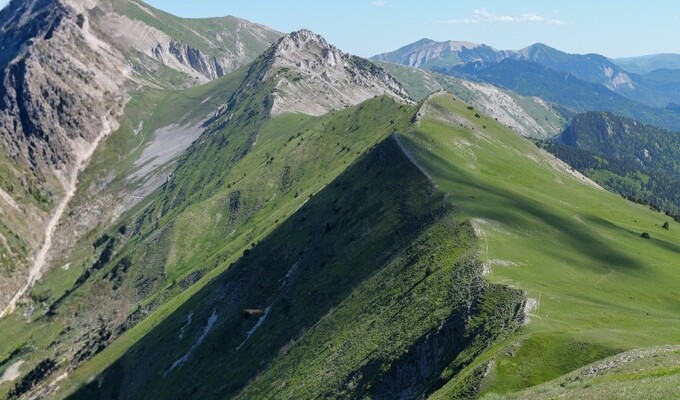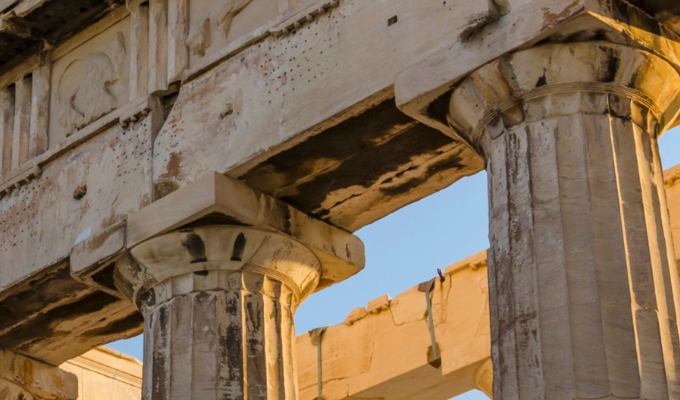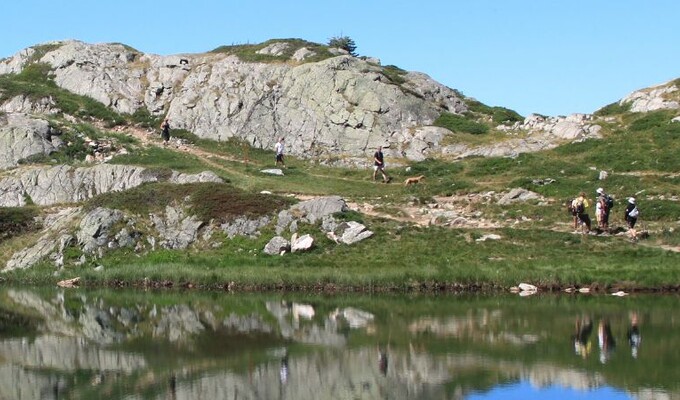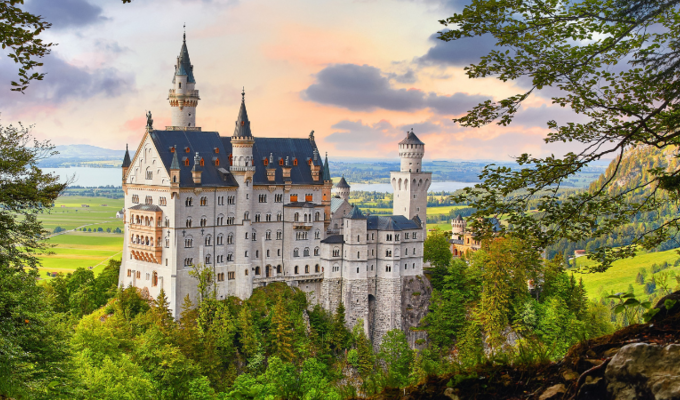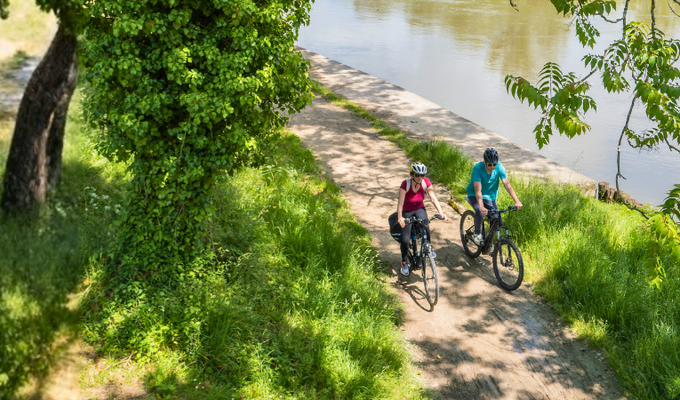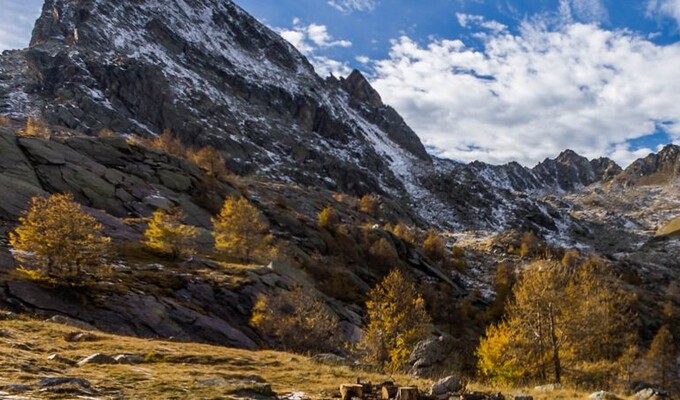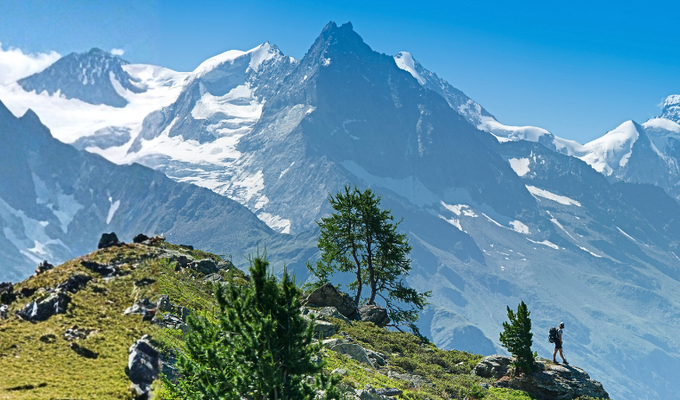Throughout our journeys on foot and by bike, or even on Nordic skis and snowshoes, we marvel at the sculpted peaks and sparkling glaciers, the indented coasts and vast beaches, the bustling ports and colourful villages...
All the same. It's the encounter with an animal, wild or domestic, but so unexpected or so cute, that will be the memory that stays with you, full of emotion and enchantment, the memory of fragility and childhood.
Here's a best-of list of animal encounters...
Marmot: ‘Move over, you big granny!
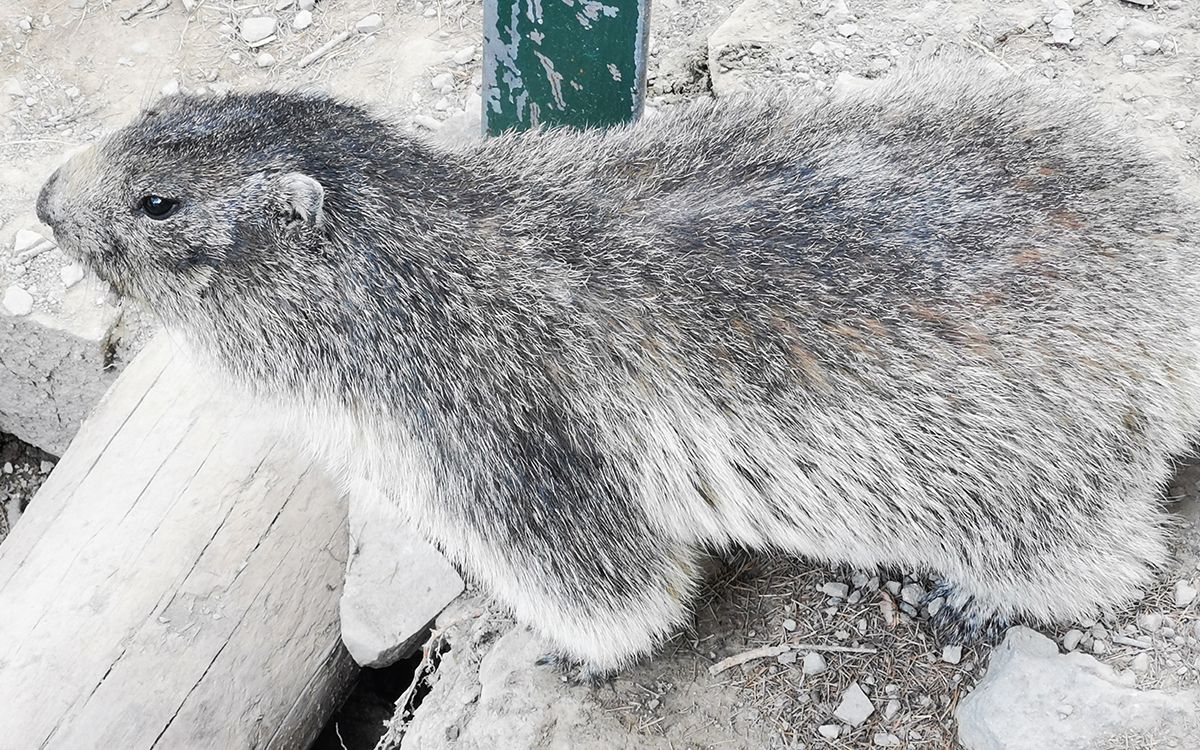
It's only the end of July, and already our marmot is quite fat: the ‘fault’ of an exceptional and delirious flora... Here in the Mercantour, marmots live in peace, unhindered by hikers! They whistle, eat and wander around like real ‘mothers in peace’. It's an exceptionally beautiful region, very mountainous but with wide, high valleys, glacier-blue lakes and particularly well-marked trails.
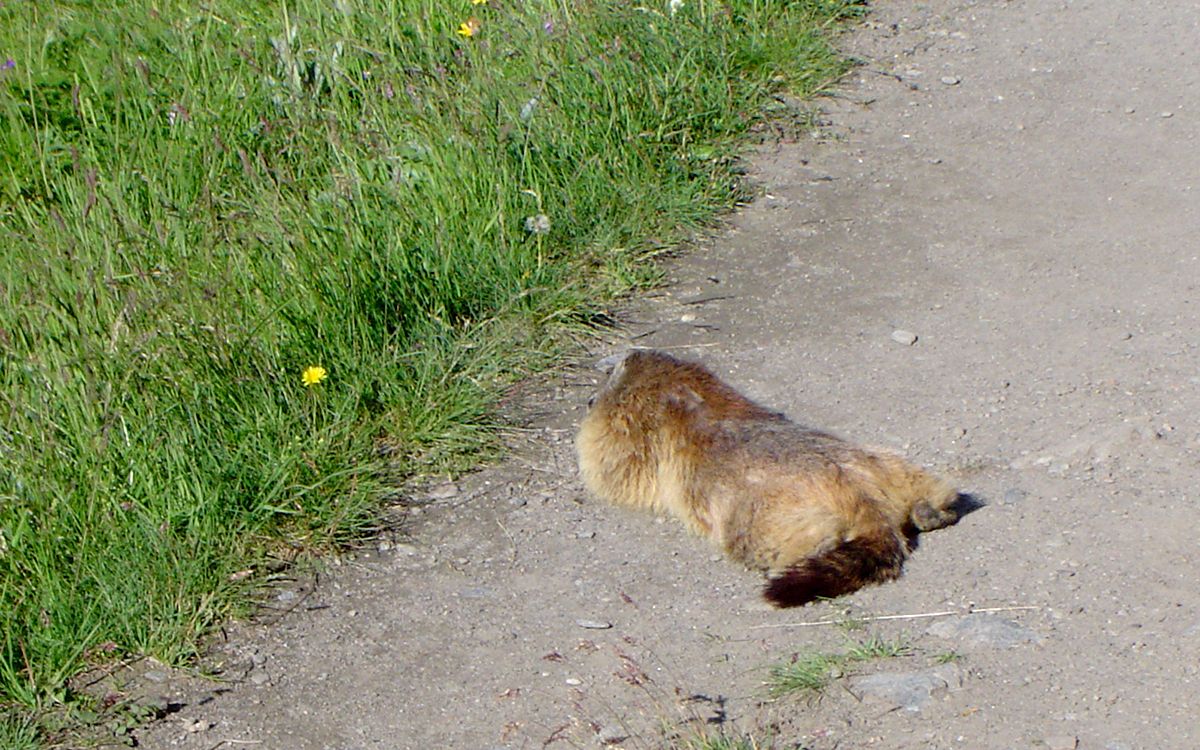
I've also met plenty of ‘whistling grannies’ in the Haute Ubaye and the Vanoise National Park.
Ibex: nobility and devilish beauty
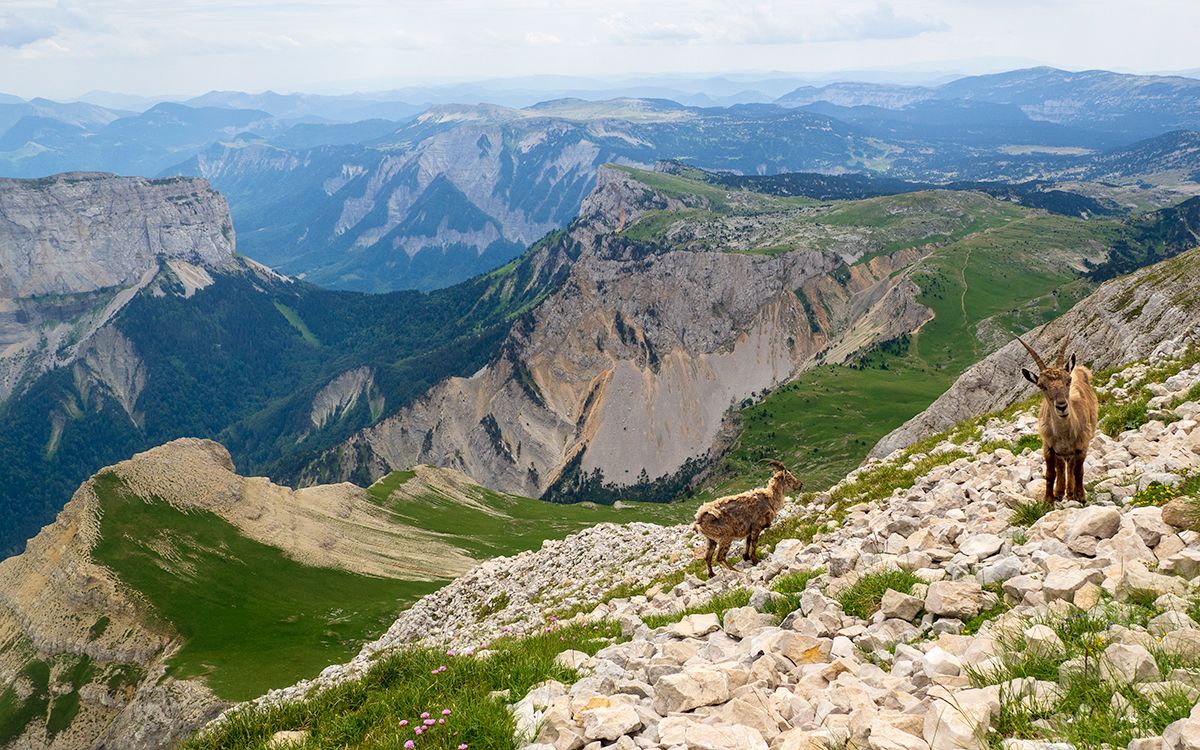
The ibex was reintroduced to the Vercors Natural Park in the 1990s, and they are thriving! You'll often come across them in the Hauts-Plateaux reserve, and on the edges of the massif.
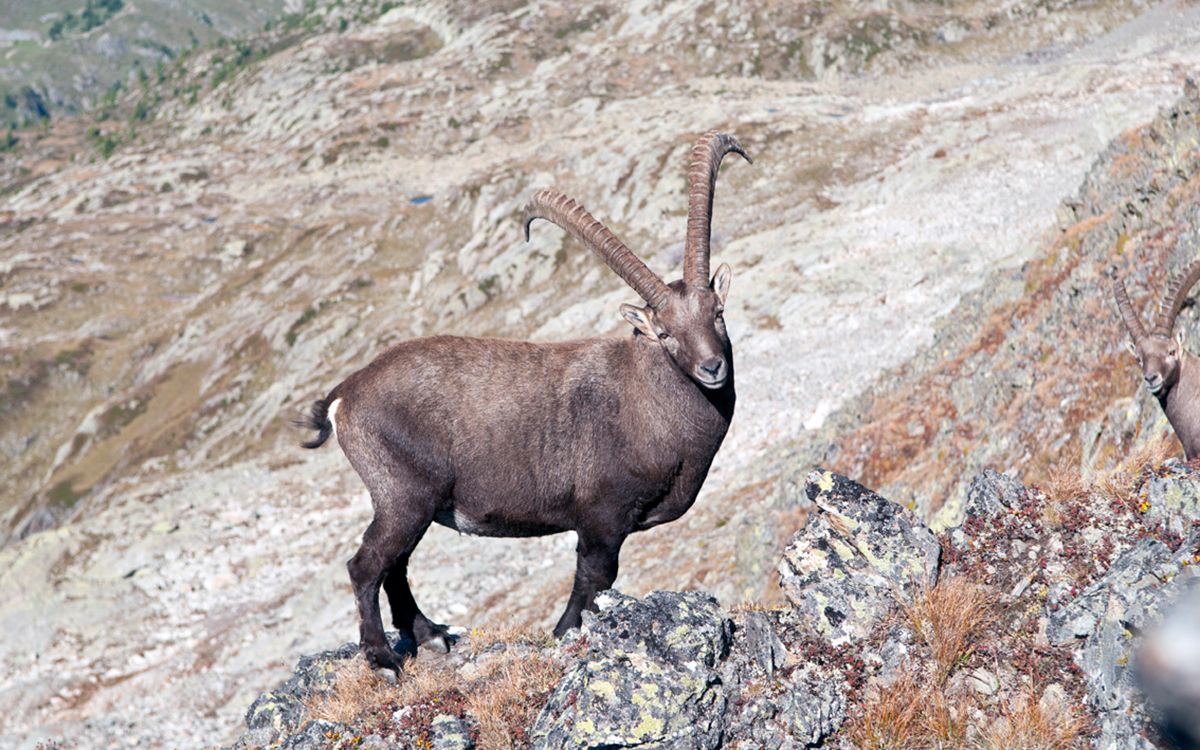
It is the king of the rocks, where the forests no longer grow; you come across them ‘in a pack’ at the bend in a rocky path, on the ridges. Everything about them hints of nobility: the carriage of the horns with their sculpted rings, the elegance of the aerial movements or the jousting between males, and... their gaze! They stare at you, and you are disturbed by their clear irises and slit pupils...
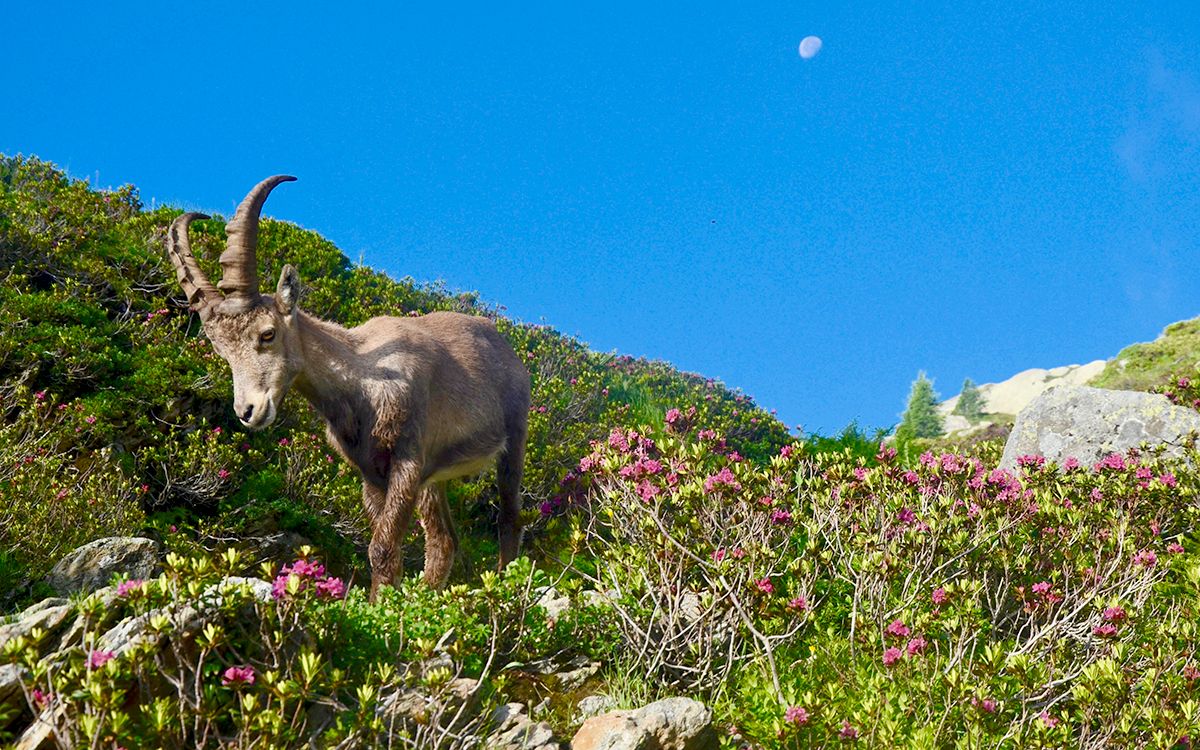
Among the great Alpine massifs renowned for their ibex population are the Upper Engadine in Switzerland and Gran Paradiso in Italy.
Cows: the tinkling serenity of mountain pastures
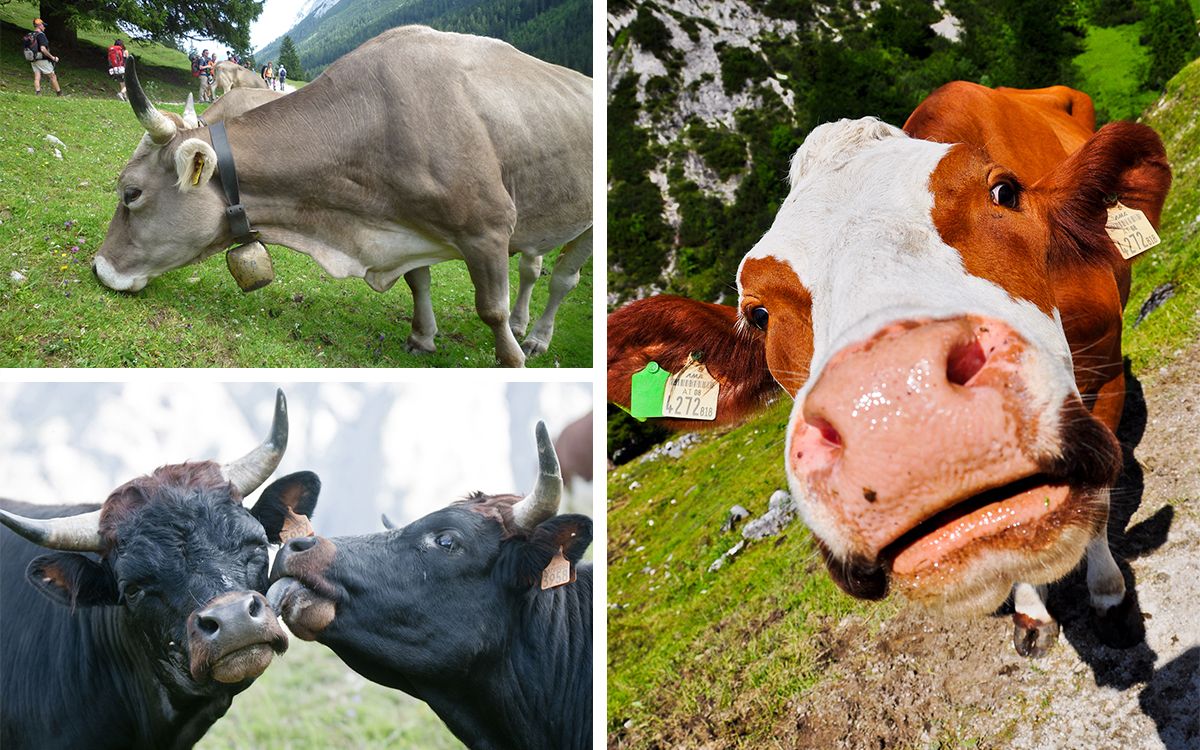
I love the cows in the mountains of Austria, with their light-rimmed eyes, muzzles and their soft ears!
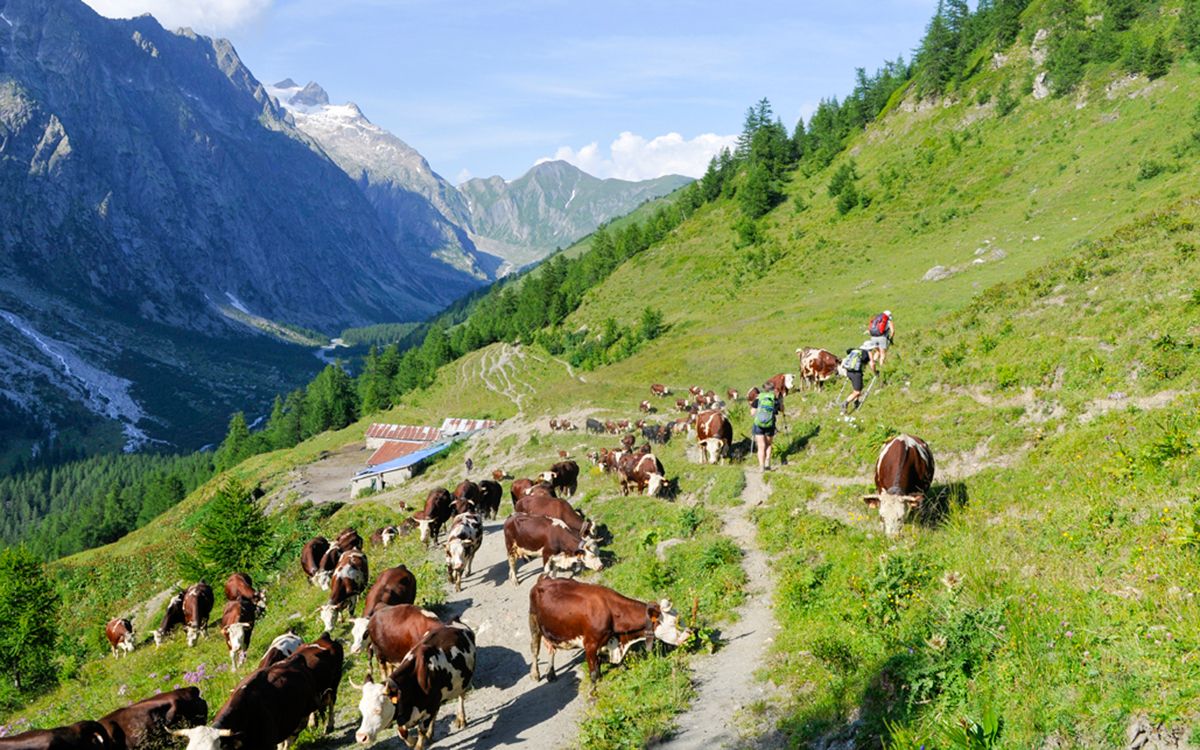
They don't run away from us, they're not wild animals, and sometimes they're even a little too familiar. But you can't imagine a hike without them; the sound of their bells evokes a peaceful, human mountain world, rich alpine pastures and the promise of gourmet breaks. One of the special features of Austrian alpine pastures is the ‘Jausenstation’: a small alpine chalet where you can taste fresh milk, ‘buttermilch’ and sometimes cheese made on the spot. The Bavarian version is pretty much the same!
Greece: ‘Shall we dive together?
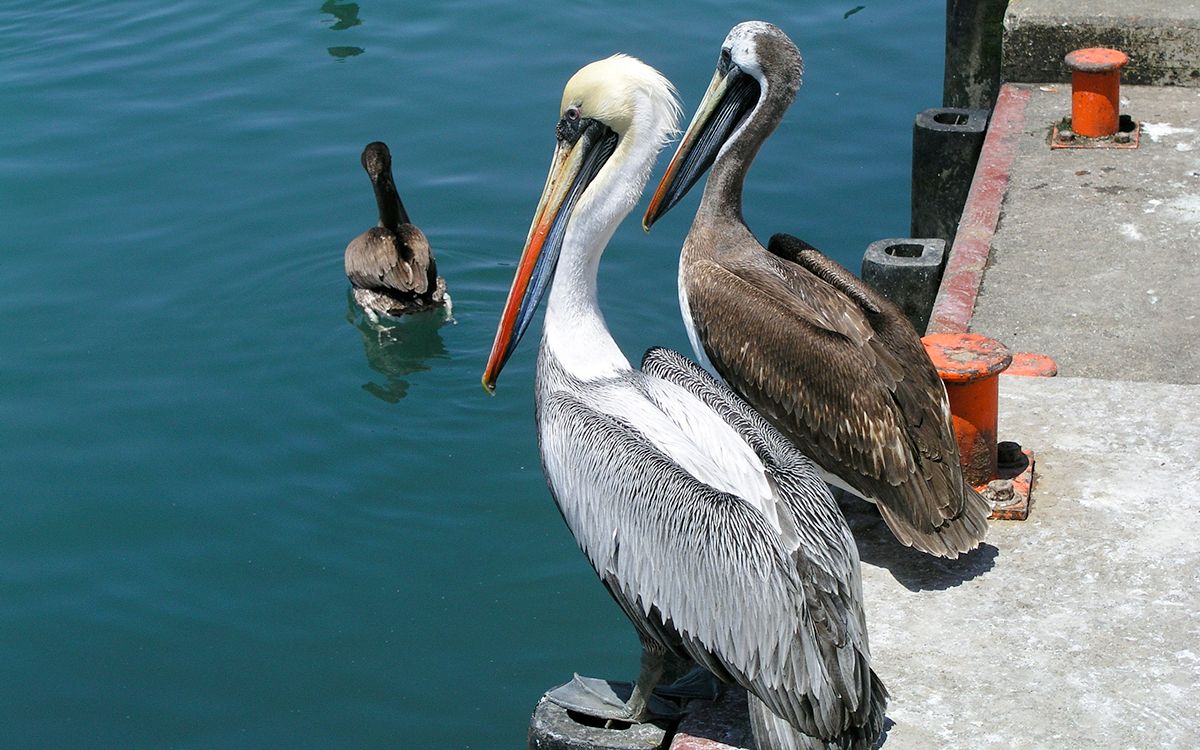
The pelican is so familiar to the Cyclades that Mykonos has made it one of its emblems, and a film was made on Sifnos and Milos in 2011: Nicostratos the Pelican.
In flight, the pelicans are majestic; on land, they are really friendly and entertaining. The beautiful encounters in these photos took place in the Cyclades islands of Greece, as we returned from fragrant walks along the ‘monopati’, lined with aromatic essences and offering panoramic views over the deep blue sea. Pelicans wander through the small harbours smelling of coffee, olives and ouzo.
The grey heron: a nonchalant water lord
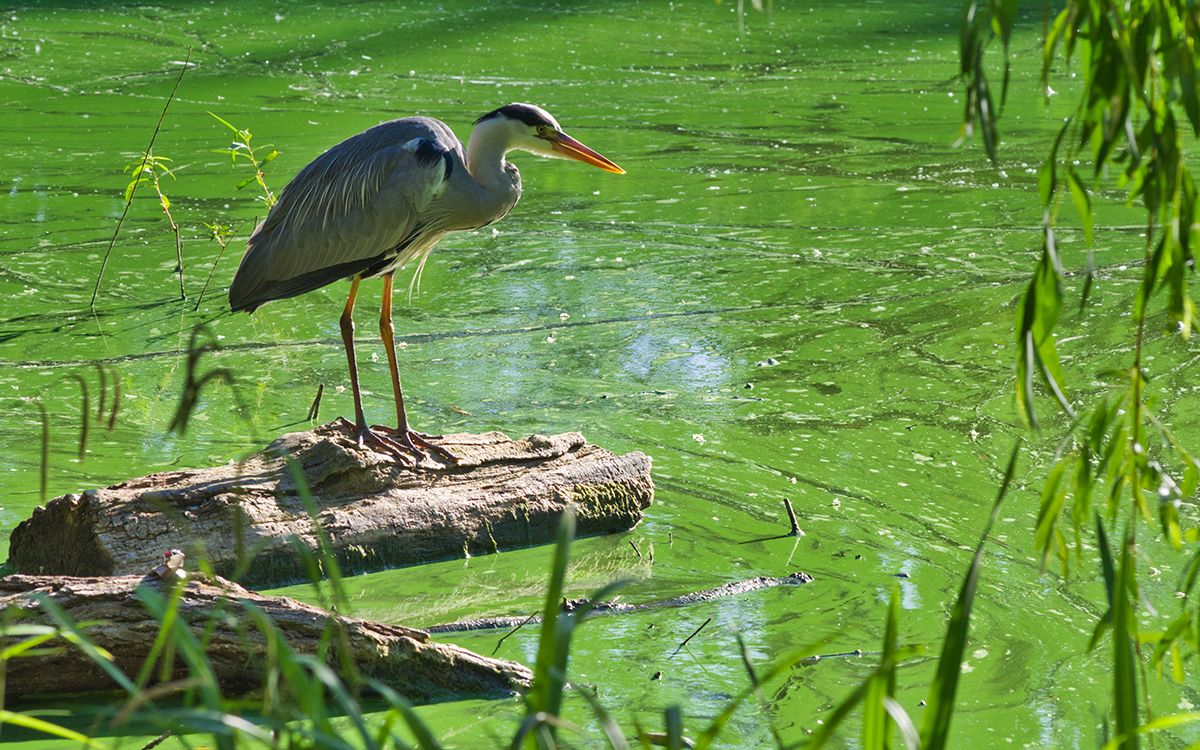
The heron is a delight to cycle by along canals, rivers and marshes.
Hidden by the tall reeds, you can cycle right up to it without seeing it. A rustle of silk: our heron takes off right under your nose, with an astonishing wingspan. Unfortunately, it lands nonchalantly a little further away. Slowly, you catch up with him... Patiently, he takes off again for just a few meters. It finally gets bored and puts a good distance between you two.
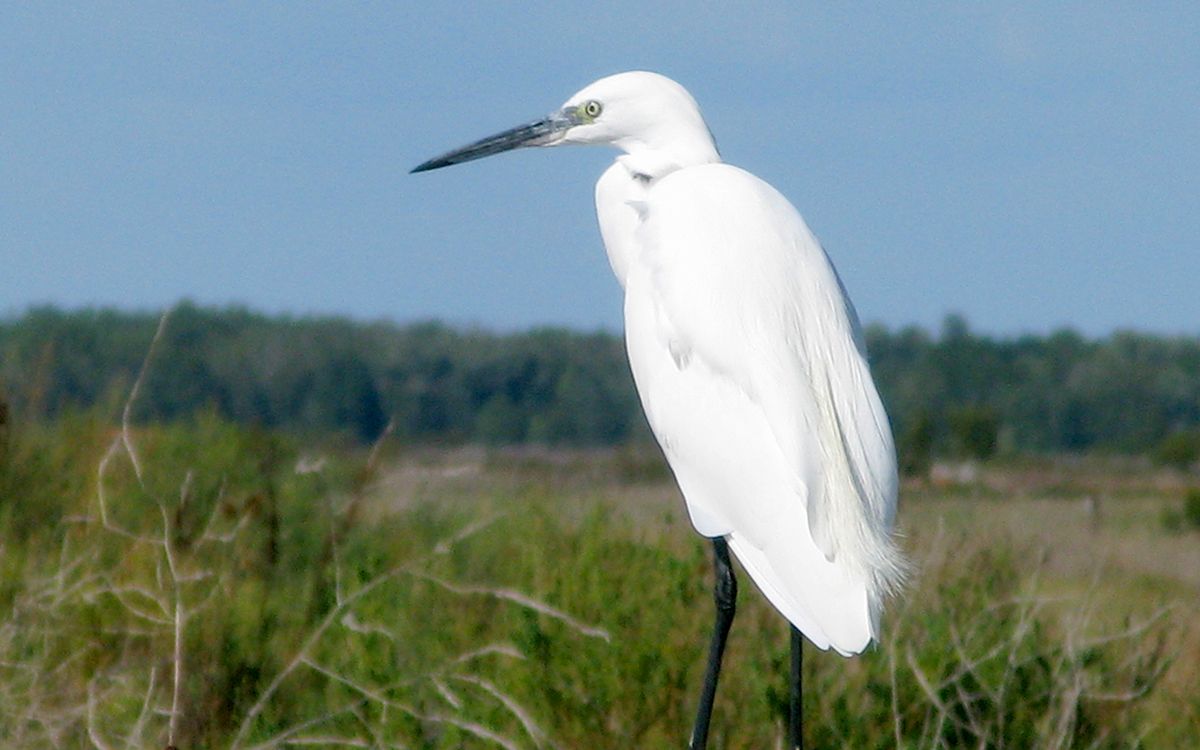
A friend of the marshes: the little egret, common on the island of Oléron and all the islands of the Atlantic coast, to be discovered by bike on La Vélodyssée.
"Like a flight of gyrfalcons... ’
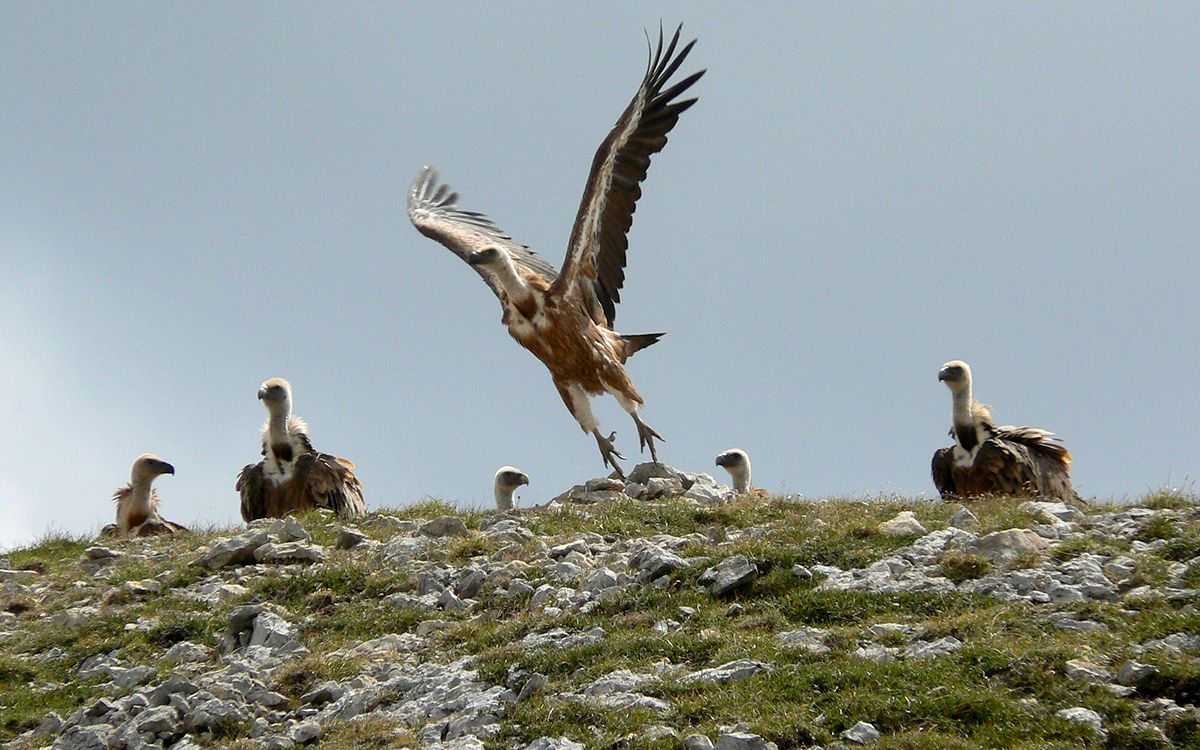
Of course, we're talking about the arrival of a team of vultures here, not gyrfalcons! The vulture was successfully reintroduced in the Vercors nature park a few years ago, and can also be seen in the Pyrenees and Cévennes.
This majestic and useful bird does not deserve its unsympathetic reputation, and it is a major component of ecosystems. What's more, it's a marvellous bird, a huge sailboat in full flight! Look at it soaring high in the sky: it's so free...
Reindeer and sled dogs: Scandinavian companions
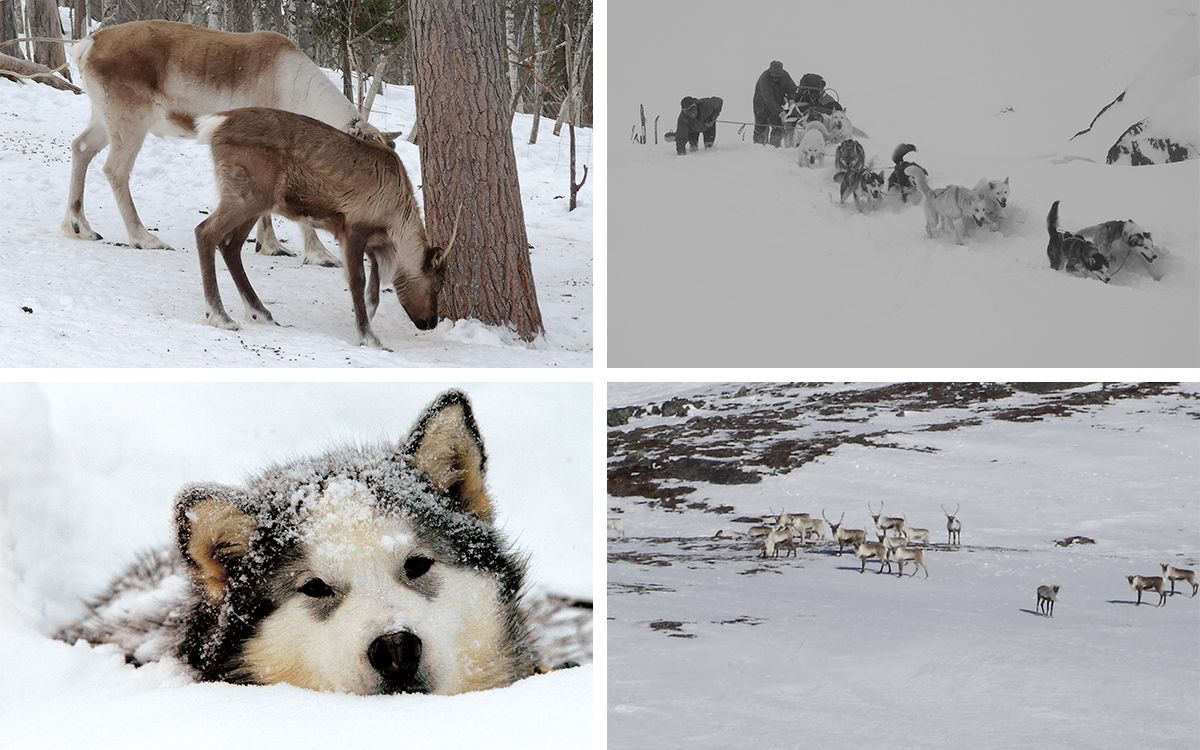
Beautiful, fascinating, docile in appearance, always wild, like the nature of the country where they live. Here are a few photos taken in winter in Finnish or Swedish Lapland, or in Norway, in the Jotunheimen massif.
In Finland, on cross-country skiing trips to Kiilopää or Saariselkä, you can try your hand at carriage driving and visit reindeer farms. In the great Scandinavian massifs such as Jotunheimen or Hardanger (Norway), Jämtland or the King's Trail (Sweden), dogs are particularly useful working animals and the reindeer roam in large semi-wild herds, which are impressive when encountered on cross-country ski tours.
For your pleasure
Bulk photos taken on foot, by bike or on skis...
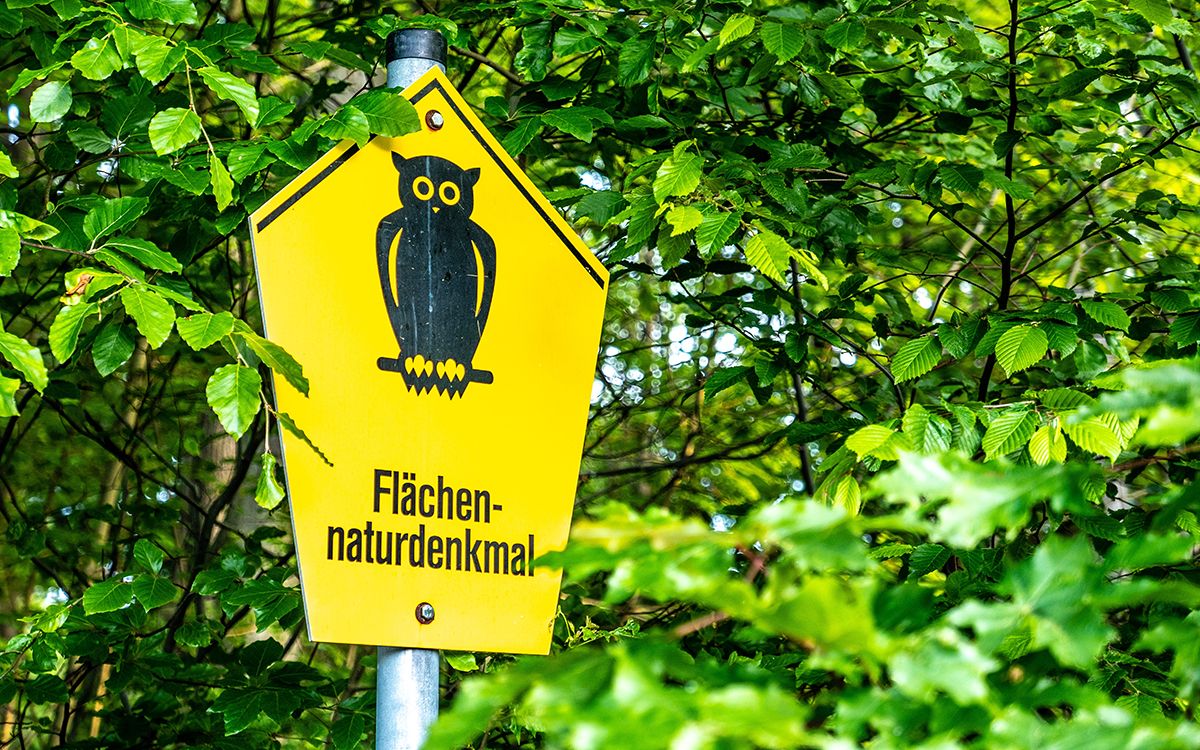
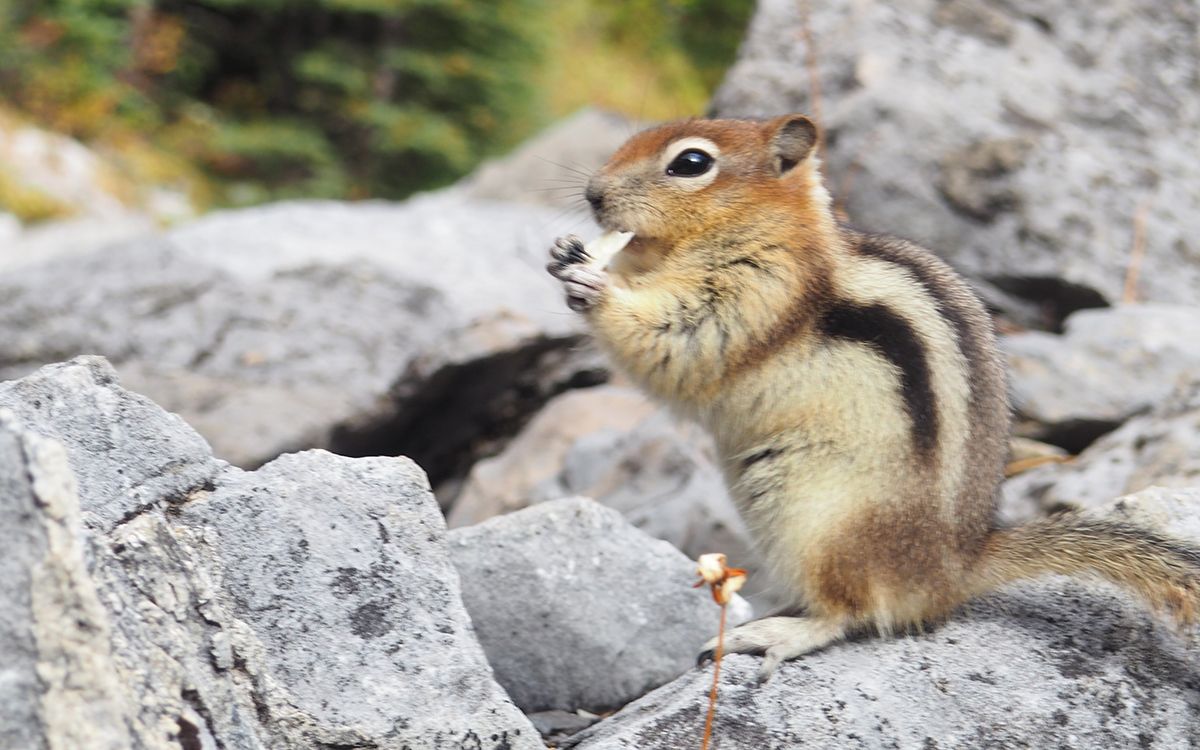
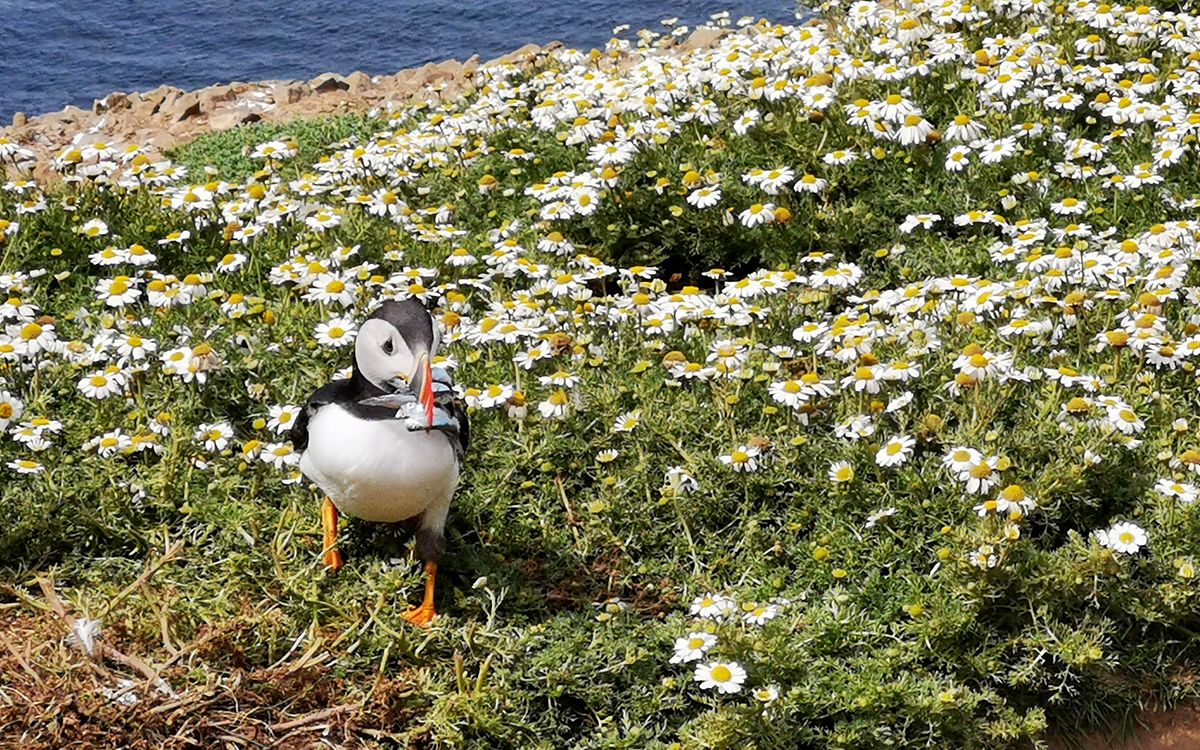
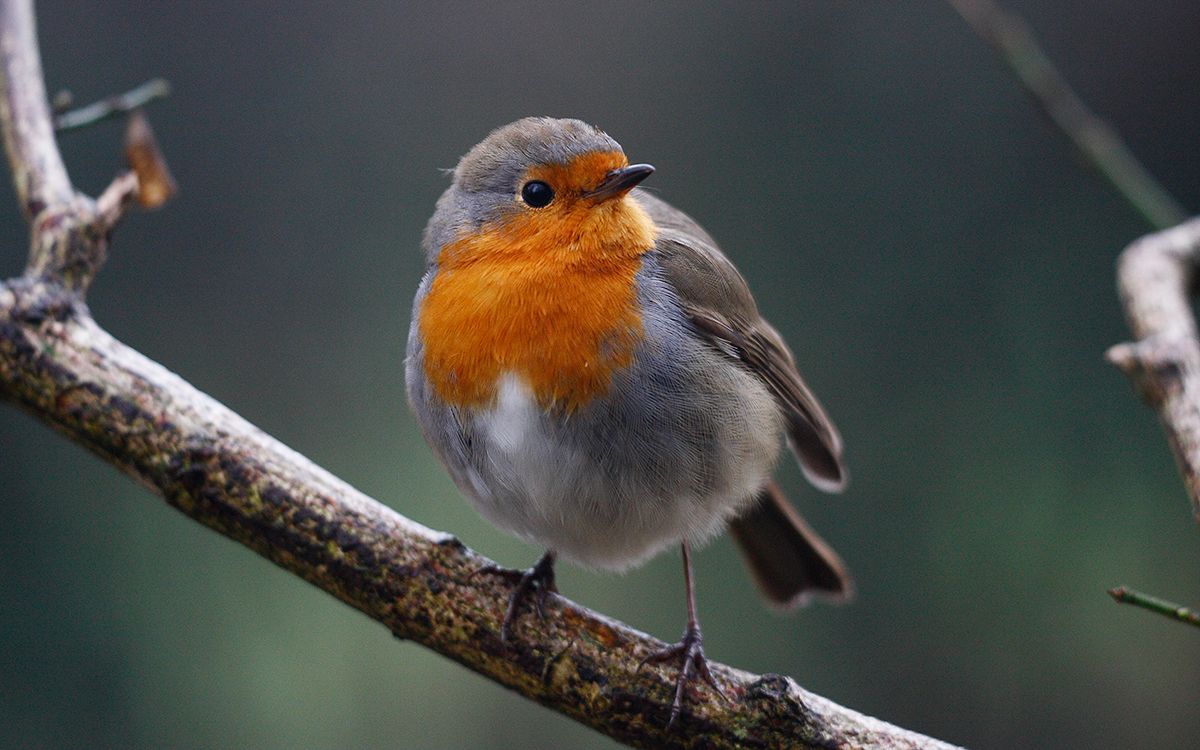
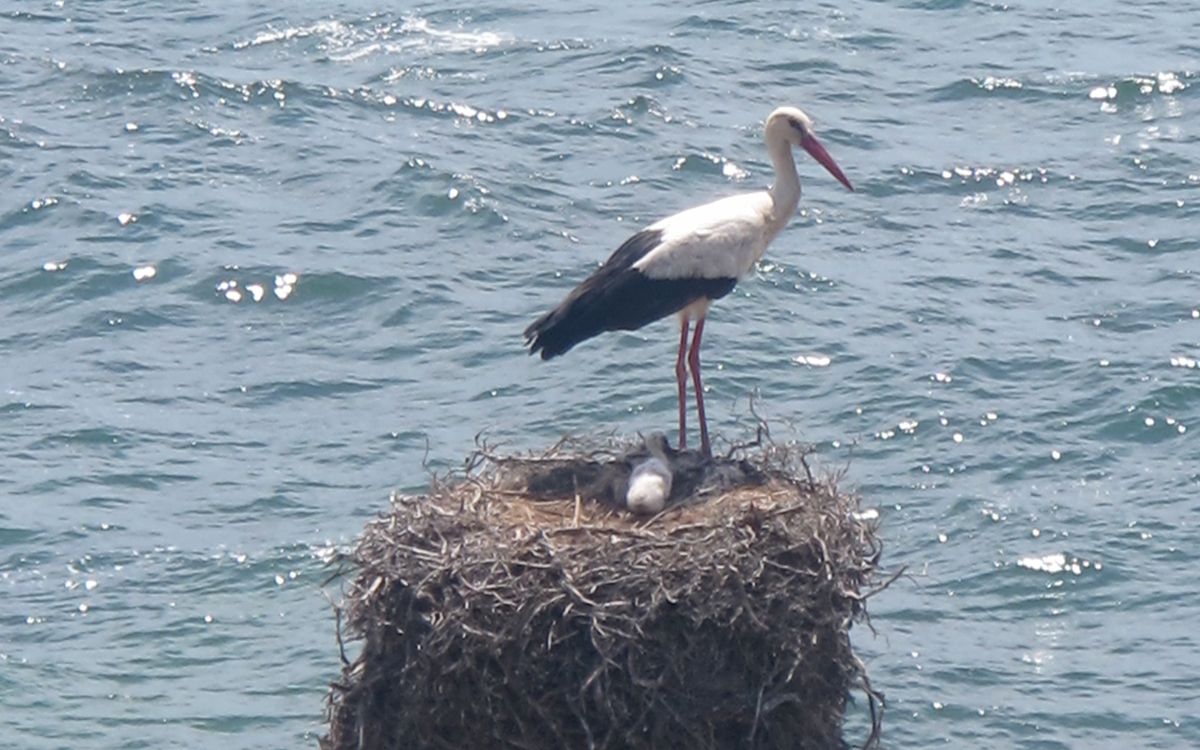
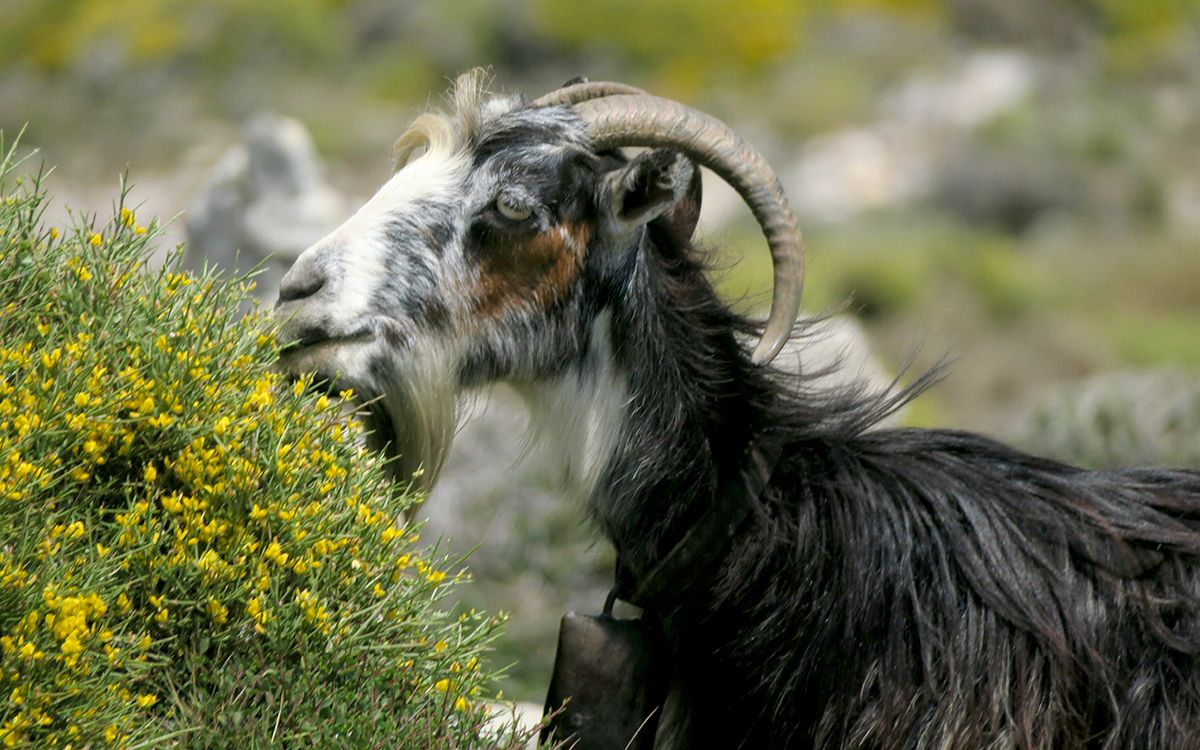
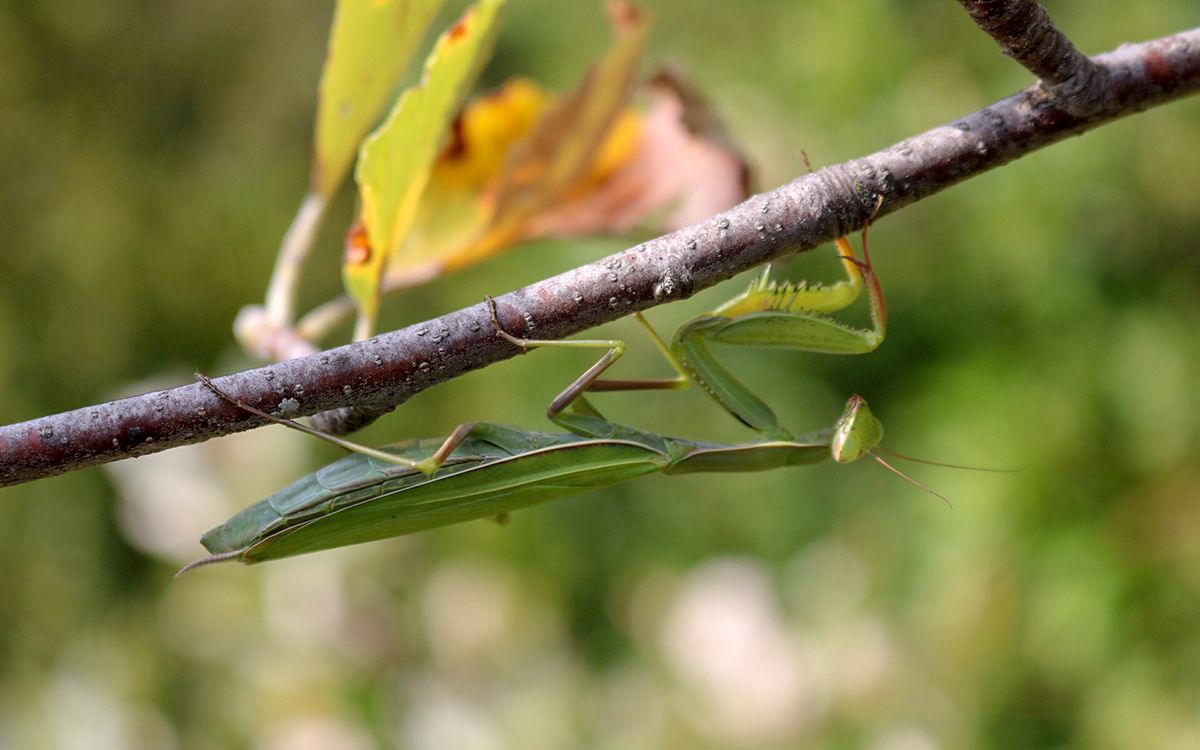
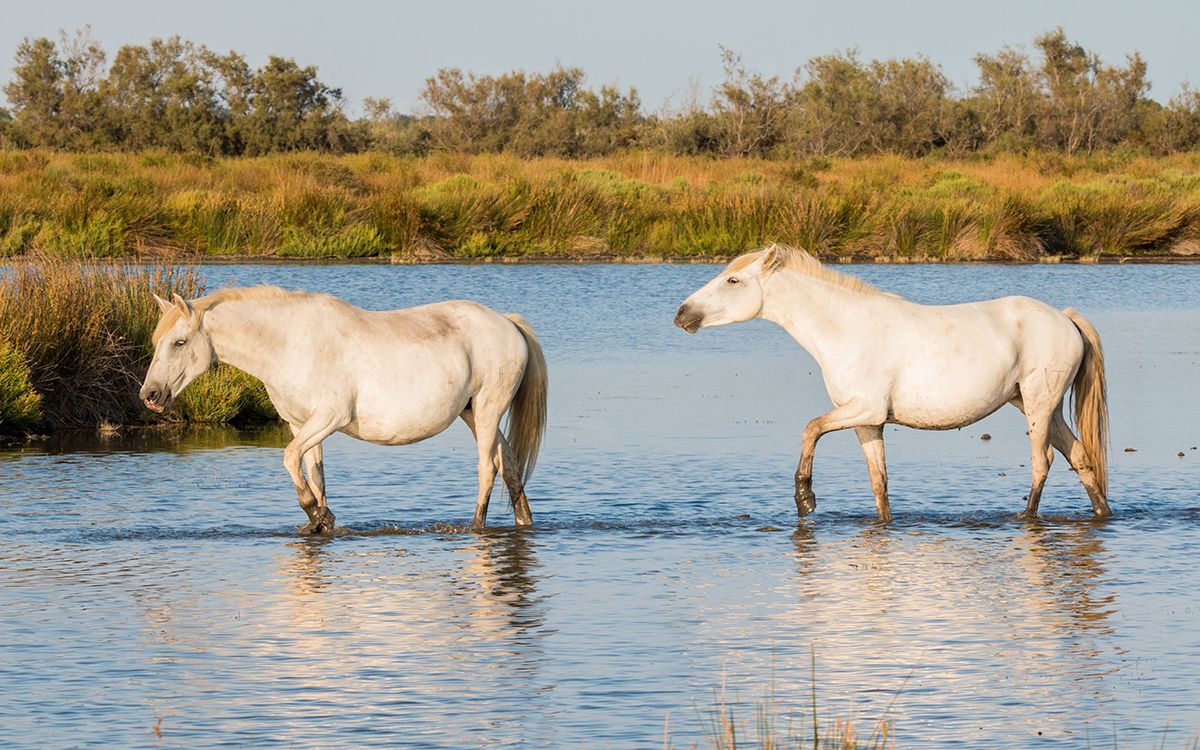
Share the article on
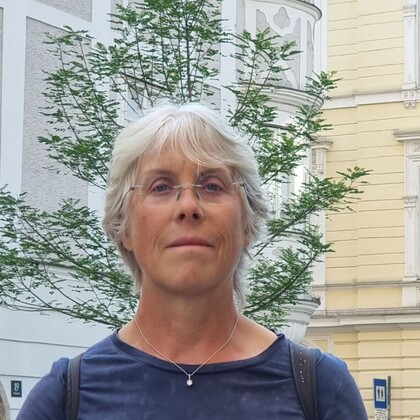
Written on 20/08/2019 by:
Anne-Marie Billault

